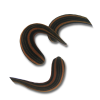Leech News – Growing leeches
In 2014, we completed a repair and upgrade of an existing building that is now ideal for leeches. This allows for better control of their environment. We tend to the leeches seven days a week with everything kept as clean as possible. We have our own bore water supply.
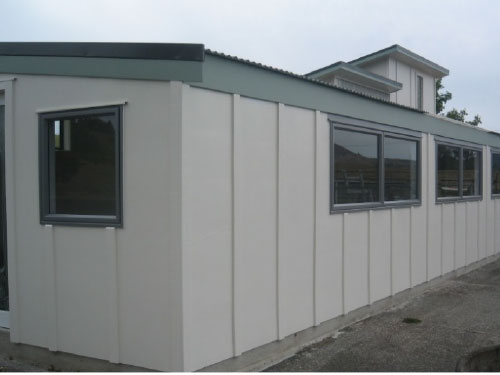
The Leech Shed, home to more than 60,000 leeches!
Leeches hatch from eggs and then take up to four years to be big enough for sale. It can take up to five years to get a leech to ideal breeding size. Leeches are fed with blood.
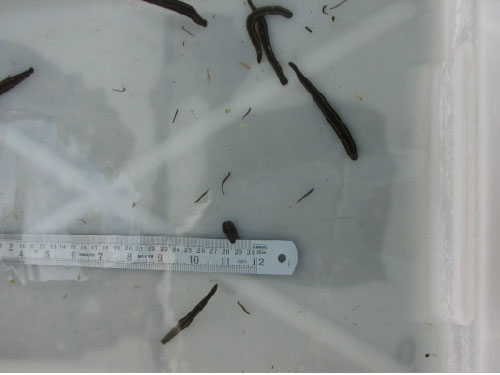
Newly hatched baby leeches with breeders.
Newly hatched leeches are incredibly small. We call them ‘threads’ as they are much like a swimming piece of cotton. Some are so small as to be difficult to see. They are very difficult to handle and can suck on to most things. We try to hatch up to 10,000 each year. Happily, leeches are hermaphrodites so at least we do not have to sort the sexes.
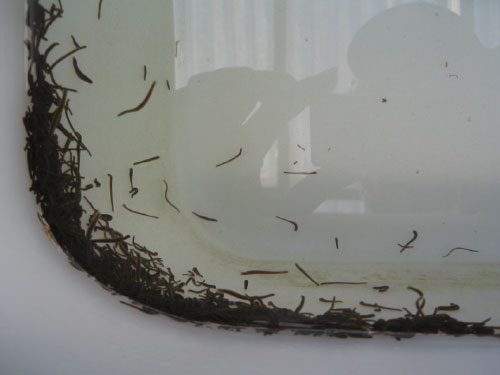
Once fed baby leeches, a little bigger!
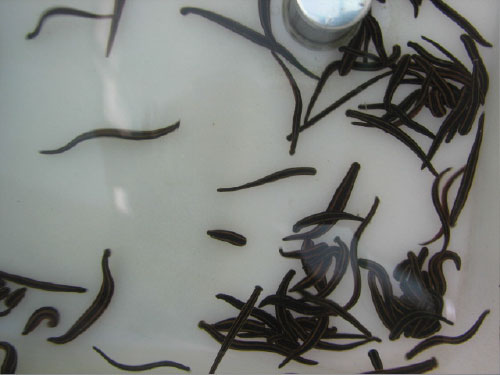
Growing leeches, some almost ready for sale.
We are constantly trying to lift the bar with the standard of our leeches. It is a slow process, for which there is no manual, so therefore, I am writing the manual! It may take another few years to complete, but due to commercial sensitivity, it will not be published.
As a rule, we do not export. Other companies have overseas covered and due to our bio-security laws, leeches cannot be imported.
August 2017
Leech breeding and raising is getting better all the time. We expect to hatch around 13,000 leeches each year. They are very fiddly to handle but we have it down to a fine art now.
Leech use by hospitals is increasing each year. It is a well established part of plastic surgery to use leeches to restore blood flow. It has not been proved that leeches can help with other medical problems. Leeches certainly should not be used to attempt to treat cancer, heart disease, autoimmune conditions and other serious health conditions.
